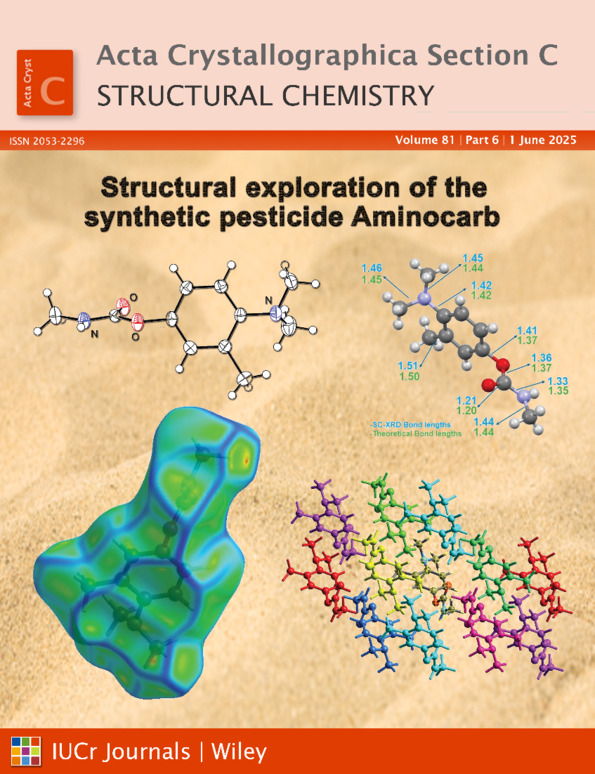New ternary boride MgNiB4: structural and hydriding properties
Abstract
The crystal structure of magnesium nickel tetraboride, MgNiB4, was solved and refined based on single-crystal X-ray diffraction data. MgNiB4 crystallizes in the Pbam space group [a = 5.8791 (2), b = 11.2982 (5) and c = 3.2771 (1) Å] and is isostructural with the YCrB4 type. The MgNiB4 and YCrB4 structures both belong to the AlB2-type structural family, for which the formation of 63-nets by B atoms is typical. In MgNiB4, B atoms form five- and seven-membered ring nets, which result from a rearrangement of the 63-nets. Strong covalent B—B interactions are established according to electronic structure calculations using the tight-binding linear muffin-tin orbital atomic spheres approximation (TB–LMTO–ASA) method. The maximum hydrogen absorption by the MgNiB4 alloy reached 3.75 wt% H2.




